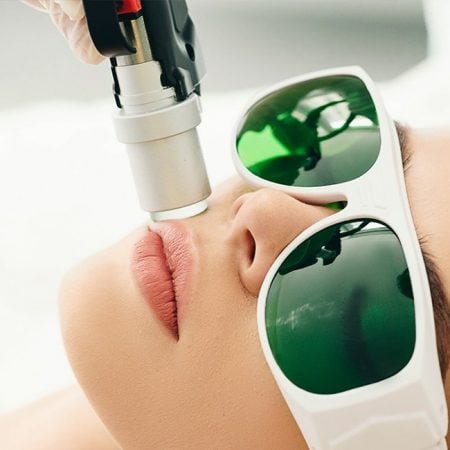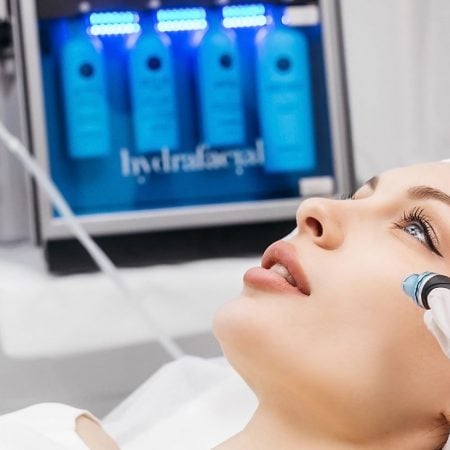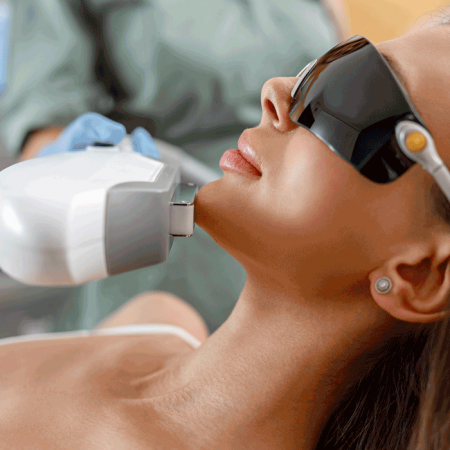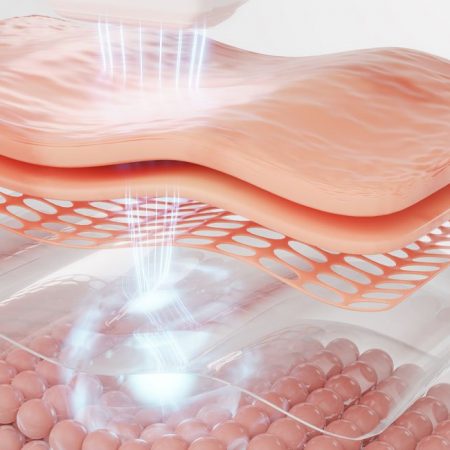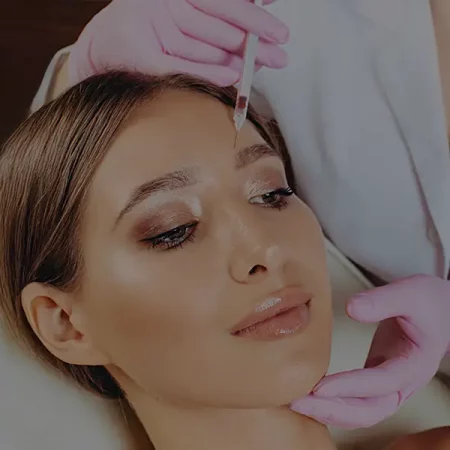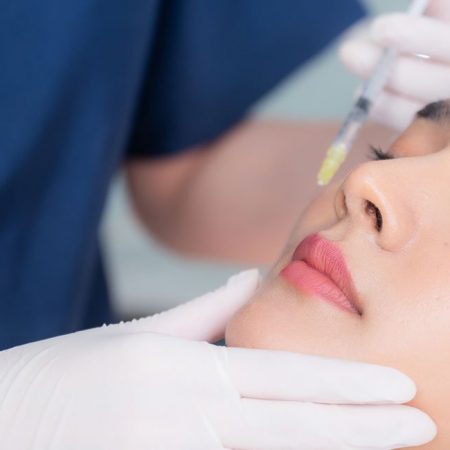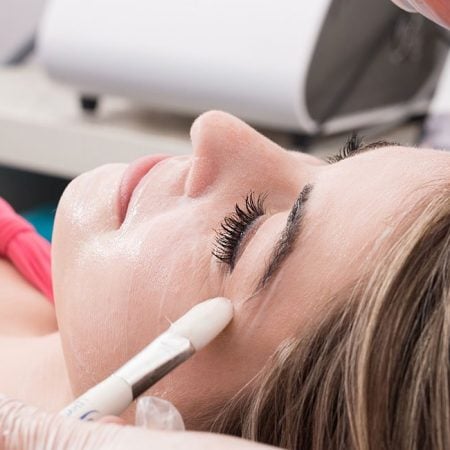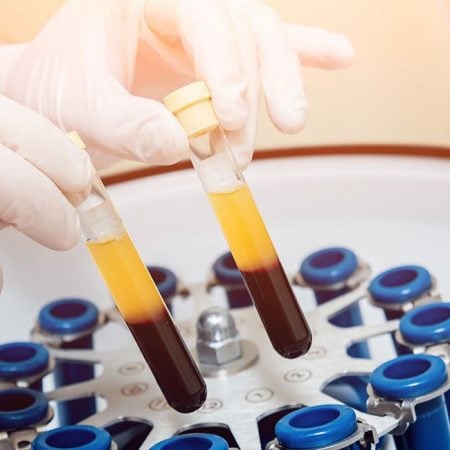Lipolysis is commonly confused with Mesotherapy, which is a different type of treatment. Both are used to dissolve fat, but Lipolysis targets deeper layers in the skin. Mesotherapy is a method to improve the surface of the skin, to smoothen the appearance of cellulite and to improve the texture of the skin, and may also be used to complement lipolysis procedures. Mesotherapy involves the injection of vitamins, minerals and different drugs two to four millimetres from the surface of the skin whereas lipolysis injections are made deep into the fat tissue to dissolve the fat.
Lipolysis is a method of dissolving small to medium unwanted localized areas of fat that are not affected by diet or exercise. Lipolysis treatments are the most cost effective, non surgical, aesthetic, fat reducing treatments currently available. Small injections of a natural medicine are administered locally.
How does Lipolysis work?
Through the injection of the active substance called Phosphatidylcholine (PPC) directly into the subcutaneous tissue, local fat deposits will be destroyed, allowing the fat that is being stored in the cell to get released, resulting in a reduction of the body circumference in the treated area.
Phosphatidylcholine is a natural product found in our body. Its main role in the body is to help emulsify and breakdown fat and cholesterol. It is a key constituent of our cell membranes and high density lipoproteins (the good cholesterol). Phosphatidylcholine is been used extensively all over the world for it’s cholesterol lowering effect and its characteristic as a ‘Liver protective.’
How many treatment sessions do I need?
You can already expect results after about 2-3 treatment sessions. The number of sessions needed is different from person to person. This variability is due to individual responses to the medications as well as the type of fat that is being treated. Soft fat works very well with Lipolysis, while fibrous fat is more difficult to treat with Lipolysis (as it is with liposuction) because more of the fat cells will weaken instead of completely bursting. During the pre-admission consultation, you will be informed as to how many sessions you will need to achieve your desired result. It’s not a question of whether Lipolysis will work, but rather how many treatments it will take to attain a goal in reduction.
Are there side effects?
Lipolysis is extremely promising from a safety perspective. The procedure is mild compared to most cosmetic procedures today. There have been no reports to date of severe adverse complications. Usually patients experience soreness, bruising and a mild swelling on the areas treated lasting for about a week. Sometimes the presence of small lumps are felt in the area; these are painless, invisible and transient. Uncommon side effects include nausea, vomiting, diarrhoea, fever, infection (rare), and prolonged bruising.
Can I go back to work after a treatment session?
Yes. Patients can resume normal daily activities after treatment, but this will depend on the amount of soreness you have, the area you have treated, and the type of work you do. Lipolysis treatment usually takes 45min to 1 hour to complete.
Is it painful?
Slight burning sensation during the injection is expected. Should you have a low pain threshold, we can then apply an anesthetic cream to make you feel comfortable.
What does the treatment with lipolysis involve?
Lypolysis is injected into the treatment site with a fine needle after the area has been cleaned with chlorhexidine and alcohol disinfectant. Multiple injections will be made to cover the treatment area, with a spacing of about 1.5 cm per injection. You will usually be lying down during this process, and will need some time to recover before you will be able to drive yourself home. We prepare to provide about 1-4 treatments per area at monthly intervals, although most patients require just 2-3 treatments. The number of treatments varies from person to person depending on the region and the size of the area. Women usually respond better to the treatment than men due to the difference in the structure of connective tissue and fat cells.
After Lipolysis treatment, it is important to keep hydrated and to drink plenty of fluids. The lipolysis treated area must be massaged every night for a period of two weeks.
Individuals who should NOT have Lipolysis treatment
- Pregnant women and breast-feeding moms
- Diabetics
- Patients with Cardiovascular diseases
- Patients with certain allergies
- Patients who currently have or used to have malignant disorders
- Patients with blood disorder
- Patients with kidney diseases
How long do I benefit from Lipolysis treatment?
Lipolysis results are permanent if you keep a healthy diet and get regular exercise.
